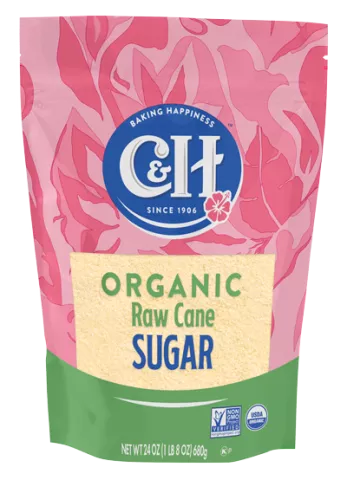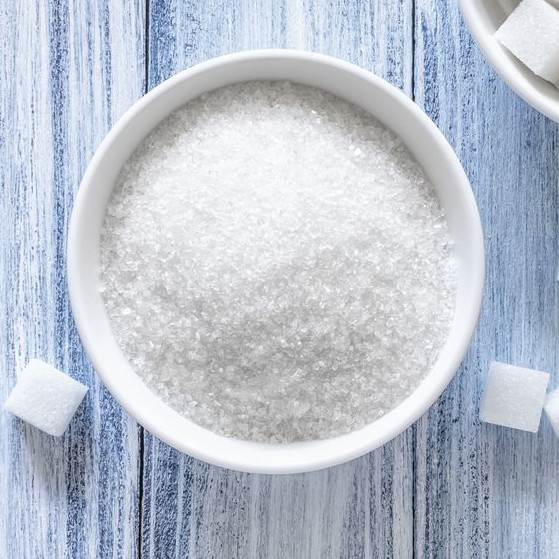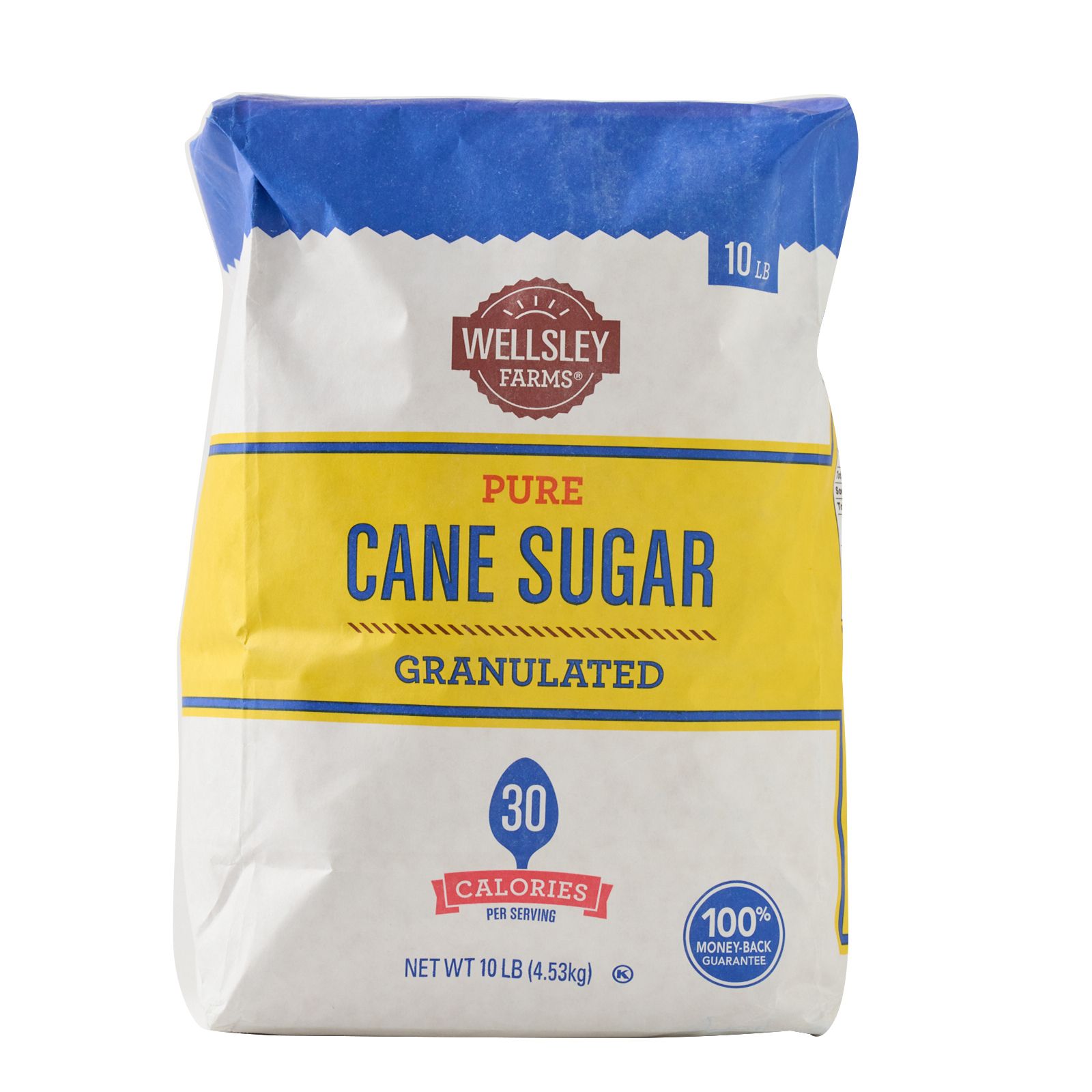Cane Sugar Processing Explained: What Happens Inside a Sugar Mill
Cane Sugar Processing Explained: What Happens Inside a Sugar Mill
Blog Article
Checking Out the Comprehensive Tips Involved in Walking Stick Sugar Processing From Gathering to Refinement
The procedure of walking cane sugar production includes a series of complex actions, beginning with the careful harvesting of sugarcane and finishing in the improvement phases that guarantee the last item satisfies industry requirements. Each stage, from the removal of juice to the filtration and formation processes, plays an essential function in identifying the high quality and character of the sugar. Comprehending these phases not only highlights the complexity of sugar production yet also increases crucial questions concerning performance, sustainability, and innovation in the industry. What effects do these aspects have for future methods?
Collecting Sugarcane
Harvesting sugarcane is an important action in the walking cane sugar handling chain, as it directly influences the high quality and return of the end product. Correct timing and techniques are necessary throughout this stage to guarantee ideal sugar content and decrease losses. Commonly, sugarcane is gathered when it reaches maturation, normally 12 to 18 months after growing, identified by a high sucrose focus.

Post-harvest, the sugarcane has to be processed promptly to prevent sucrose destruction. Ideally, collected walking cane should be delivered to processing centers within 24 hr to protect sugar quality. As a result, efficient logistical preparation is important to keep the integrity of the collected crop throughout the supply chain.
Removal Refine

The crushed walking cane is subjected to a series of pushing operations to maximize juice healing. Commonly, warm water is splashed onto the crushed walking stick, developing a countercurrent circulation that aids dissolve the sugar while additionally aiding in the removal process. The juice gathered from this procedure consists of not just sugar yet additionally different natural compounds and impurities.

To enhance removal effectiveness, some facilities may employ diffusion methods, where the sugarcane is taken in warm water, permitting the soluble sugars to diffuse right into the fluid. The resulting juice, rich in sucrose, is after that routed to subsequent handling phases, laying the foundation for purification and refinement. The removal procedure is thus crucial in identifying the top quality and return of the last sugar item.
Filtration Methods
The purification techniques employed in cane sugar processing are vital for transforming the raw juice right into a top quality sugar item. These techniques largely aim to remove impurities, such as soil, plant products, and inorganic substances, which can negatively affect the end product's flavor and shade.
This procedure entails adding lime and warm to the raw juice, which promotes the coagulation of impurities. Furthermore, the read review use of phosphoric acid can improve the explanation process by additional binding impurities.
Another substantial method is carbonatation, where co2 is introduced to the cleared up juice. This reaction creates calcium carbonate, which captures remaining pollutants and promotes their elimination.
In addition, activated carbon treatment might be put on adsorb any kind of staying colorants and natural impurities, making sure a much more refined item. The combination of these techniques properly prepares the sugar juice for subsequent action in the refining process, establishing the phase for the production of high-grade walking cane sugar.
Condensation Techniques
After the filtration phase, the following critical action in walking cane sugar processing involves condensation techniques, which play a crucial duty in transforming the clarified juice right into solid sugar. This procedure commonly uses two key techniques: spontaneous formation and controlled condensation.
In spontaneous condensation, supersaturated sugar solutions are enabled to cool naturally, resulting in the formation of sugar crystals in time. This approach is easier yet might cause unequal crystal dimensions and lower purity levels. On the other hand, regulated crystallization is an extra specific strategy where temperature, seeding, and focus representatives are meticulously handled. This technique enables the consistent growth of sugar crystals and higher purity.
Throughout formation, the cleared up juice is concentrated through dissipation, boosting its sugar material until it gets to supersaturation. As soon as this factor is attained, either approach can help with the formation process. Cane Sugar Processing. The resultant sugar crystals are after that separated from the continuing to be syrup click here to read through centrifugation
Eventually, the choice of crystallization approach affects the quality, size, and pureness of the final sugar item, making this action crucial in the general walking stick sugar handling procedure.
Improvement and Packaging
Just how can the pureness and high quality of walking stick sugar be further enhanced after condensation? The refinement process plays a vital role in accomplishing top quality cane sugar.
Following, the sugar undergoes a process called centrifugation, where it is spun at high rates to divide the detoxified sugar crystals from the staying liquid. After centrifugation, the sugar is frequently additional refined via an approach called carbonization or phosphatation, which makes use of triggered carbon or phosphoric acid to remove color and off-flavors.
As soon as fine-tuned, the sugar is dried to attain the desired wetness web content, guaranteeing that it continues to be steady throughout storage and transport. The final step involves product packaging the refined sugar in impermeable and moisture-proof containers to maintain its quality and prevent contamination. Cane Sugar Processing. Correct product packaging not just prolongs life span but likewise assists in simple handling and circulation, guaranteeing that consumers obtain sugar that satisfies the highest possible standards of pureness and high quality
Verdict
The detailed actions involved in my explanation walking stick sugar handling, from the meticulous harvesting of sugarcane to the elaborate refinement and product packaging stages, emphasize the importance of each phase in guaranteeing top quality sugar manufacturing. Optimum harvesting methods, effective removal approaches, and rigorous purification processes jointly add to the end product's purity and security. The crystallization and subsequent product packaging techniques better enhance the honesty and life span of the sugar, highlighting the complexity and precision inherent in this essential agricultural market.
The procedure of walking cane sugar manufacturing encompasses a collection of detailed actions, starting with the cautious harvesting of sugarcane and culminating in the improvement stages that make certain the last item meets sector requirements. Preferably, collected walking cane ought to be transported to processing facilities within 24 hours to preserve sugar high quality.In spontaneous condensation, supersaturated sugar services are enabled to cool naturally, leading to the formation of sugar crystals over time - Cane Sugar Processing. The refinement process plays an important duty in attaining top quality walking stick sugar.The extensive actions involved in walking stick sugar processing, from the careful harvesting of sugarcane to the elaborate refinement and packaging stages, emphasize the relevance of each phase in guaranteeing high-grade sugar manufacturing
Report this page